Baseball History Comes Alive Now Ranked #2 by Feedspot Among All Internet Baseball History Websites and Blogs!
Guest Submissions from Our Readers Always Welcome!
Scroll Down to Read Today’s Essay
Subscribe to Baseball History Comes Alive for automatic updates (sign-up block found in right side-bar)
As a Free Bonus for subscribing, you’ll get instant access to my two Special Reports: Memorable World Series Moments and Gary’s Handy Dandy World Series Reference Guide!
“Scenes from the Hall of Fame” Photo Gallery
Click on any image below to see photos in full size and to start Photo Gallery:
Today, we welcome back Mark Kolier with an interesting essay elaborating on his idea of adding more guys to the Hall of Fame. Since we’re in that “No Man’s Land” between the end of the World Series and the start of the new season, it makes for great baseball discussion! Mark takes it even one step further by actually “naming names.” I don’t expect everyone to agree with him, of course, but as I look at the snow on my lawn this morning, it keeps the sport we all love front-and-center on our minds! See what you think. –GL
To create a bigger and better Baseball Hall of Fame – All it would take is 1/3 of 1%
With the recent actions of the Golden Days Era Committee, Buck O’Neil, Minnie Minoso, Gil Hodges, Jim Kaat, Tony Oliva, and Bud Fowler are all now to be inducted into Cooperstown. This brings the total players in the Hall of Fame to 267. There are also 40 executives/pioneers, 22 managers, and 10 umpires for a grand total of 339 members. The 267 represents 1.1% of all 22,564 players who’ve played major league baseball all-time according to Baseball-Reference.com.
The 22,564 includes some but not all Negro League (1920-1948) era players, as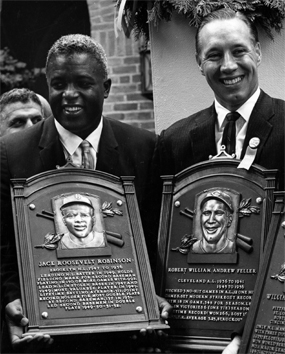 statistics are continually being reviewed and updated. By some counts, the statistics of as many as 1,000 additional Negro League players could eventually be included. Each year about 250 freshly minted MLB players are added to the total.
statistics are continually being reviewed and updated. By some counts, the statistics of as many as 1,000 additional Negro League players could eventually be included. Each year about 250 freshly minted MLB players are added to the total.
Why all the focus on numbers? Well for starters, baseball has always been about numbers. And fans like me talk about those numbers all the time. It isn’t that other professional sports don’t have interesting numbers, it’s just that baseball has more numbers, and it’s been about those numbers for a much longer time. Right now, MLB remains in a work stoppage in advance of a new CBA being negotiated. So, talking about the Hall of Fame and the upcoming vote on January 25, 2022, is all we have! (Full disclosure – My son and I host a podcast at www.almostcooperstown.com)
How many players (not total members), should be included in the Hall-of-Fame? What’s the ‘right’ number? Other sports exceed MLB with the NFL being closest:
178 NBA players out of 4,374 through last season – 4%
346 NFL players out of 26,682 – 1.3%
289 NHL players out of 8,000+ – 3.6%
I’ve heard plenty of baseball ‘purists’ talk about a ‘1%’ number. They contend the Hall of Fame should only be for the ‘best of the best,’ and the top 1% would seem to address that. Yet we’re already at 1.18% if using the 22,546 number, and it slides a bit to 1.13% if adding about 1,000 players to 23,500. Since there’s not much call to kick players out of the Hall for being voted in ‘undeservedly’ (I agree with that but there are a fair number of players with dubious credentials), the 1% argument must go out of the window.
Having been a baseball fan for more than fifty years, I’ve lived through how baseball numbers are evaluated differently today than they were previously. For a long time, any career that totaled 3,000 base hits, a .300 career average, 400 career home runs almost assured a player of entry into Cooperstown. But, as we know, the ability to use data to a greater degree has caused a re-evaluation of what really makes a great and high contributing player.
Even under today’s more sophisticated analysis, the great Joe DiMaggio’s career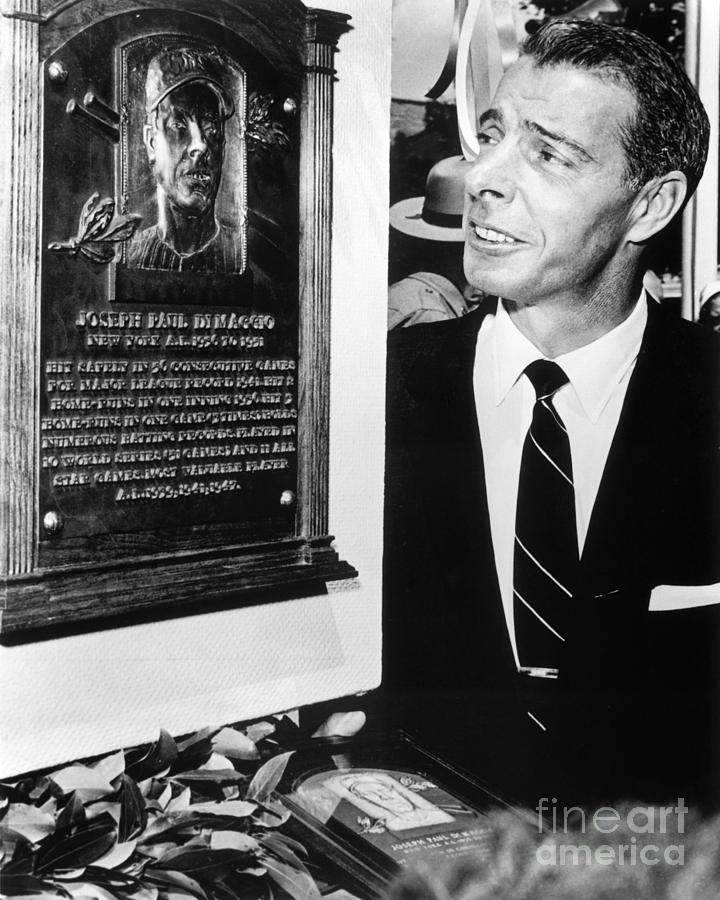 more than stands up, even though he does not have 400 career home runs, nor does he have 3,000 career hits. He only played 13 major league seasons, losing three in his prime to military service. Take note of the .325 career batting average, .398 on-base percentage, three MVP’s, and 155 career OPS+ (which means he was 55% better than the average player which actually seems kind of low!).
more than stands up, even though he does not have 400 career home runs, nor does he have 3,000 career hits. He only played 13 major league seasons, losing three in his prime to military service. Take note of the .325 career batting average, .398 on-base percentage, three MVP’s, and 155 career OPS+ (which means he was 55% better than the average player which actually seems kind of low!).
The point here is that Hall-of-Fame players are by-and-large the greatest players to ever take the field by today’s standards or by yesterday’s standards. Tony Oliva only checks off the career average box with .304 over his 15-year career (although three of those seasons total only 26 games due to injury), as he has ‘only’ 1917 career hits and 220 home runs. His past evaluations of being an ‘almost’ guy centered on what he didn’t do as opposed to what he did. Perhaps his ascension is a sign that voters are accepting the nuances of individual player candidacies?
My son and I decided to try ‘add’ 36 players. We could only come up with 35 before Hodges, Oliva, and Minoso were finally selected, and we missed on Jim Kaat but are happy about it. The now 32 that are not the Hall of Fame have been cast aside for all sorts of reasons. Our premise was and is: How much worse would the Hall of Fame be if there were 299 players included instead of 267? Out of more than 23,000? How would actually adding players ‘ruin’ the Hall of Fame as some fans would argue? 299 out of 22,564 is 1.33%—about 1 1/3% of all the major league players. This is versus the current 1.18%.
I have not been to Cooperstown in a very long time. The pandemic has not made it

more attractive to go in the past couple of years. However, I am looking forward to a trip to Cooperstown together (thanks to my son) next spring. While we are there, it would be great to be able to see plaques for:
Keith Hernandez, Lou Whitaker, Bobby Grich, Vern Stephens, Albert Belle, Lance Berkman, Jim Edmonds, Craig Nettles, Kenny Lofton, Reggie Smith, Dwight Evans, Thurman Munson, Kevin Brown, Curt Schilling, Dale Murphy, Wilbur Wood, Dick Allen, Andruw Jones, Bobby Abreu, Bill Freehan, Buddy Bell, Ken Boyer, Bill Dahlen, Jack Glasscock, Orel Hershiser, Joe Mauer, Pete Rose, Joe Jackson, Barry Bonds, Roger Clemens, William Bell, Bill Byrd, John Beckwith.
Sadly, we will not be able to see those plaques and remember their individual contributions to the game we love—good and bad. And that’s just unfortunate. There are careers of many players who have been passed over that make for good arguments. Players like Jimmy Wynn, Sal Bando, Kevin Appier, David Cone, Gary Sheffield, Rick Reuschel, and Bret Saberhagen all merit discussion and consideration. It’s fine to argue for or against and we’re always happy to talk about it as baseball fans. It’s one of the many things that makes America’s Pastime so special.
A slightly bigger Hall of Fame, would that be such a bad thing?
For those interested, the two podcast episodes we did on adding 36 players to the
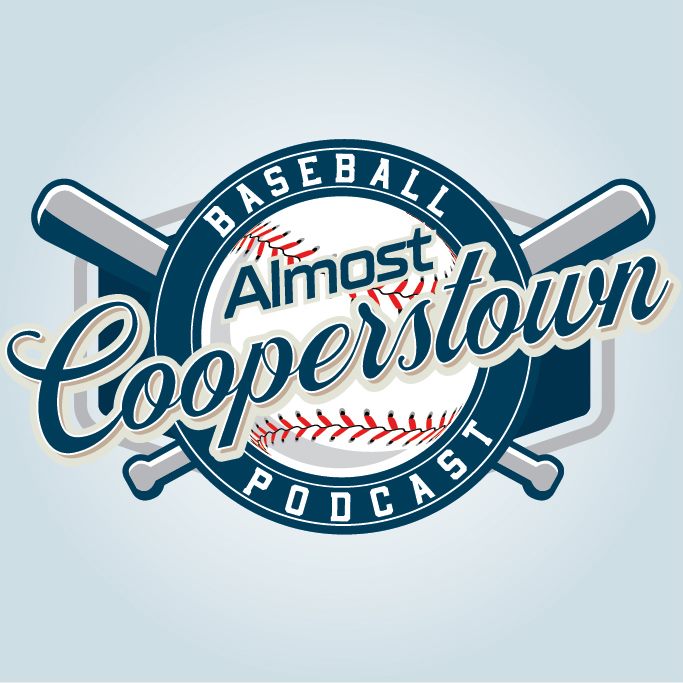
Hall of Fame can be found here:
https://www.buzzsprout.com/1066072/9522165
https://www.buzzsprout.com/1066072/9564175
Mark Kolier
Subscribe to our website, “Baseball History Comes Alive!” with over 1200 fully categorized baseball essays and photo galleries, now surpassing the 700K hits mark at 751K hits: www.baseballhistorycomesalive.com
Take a guess at this week’s mystery players

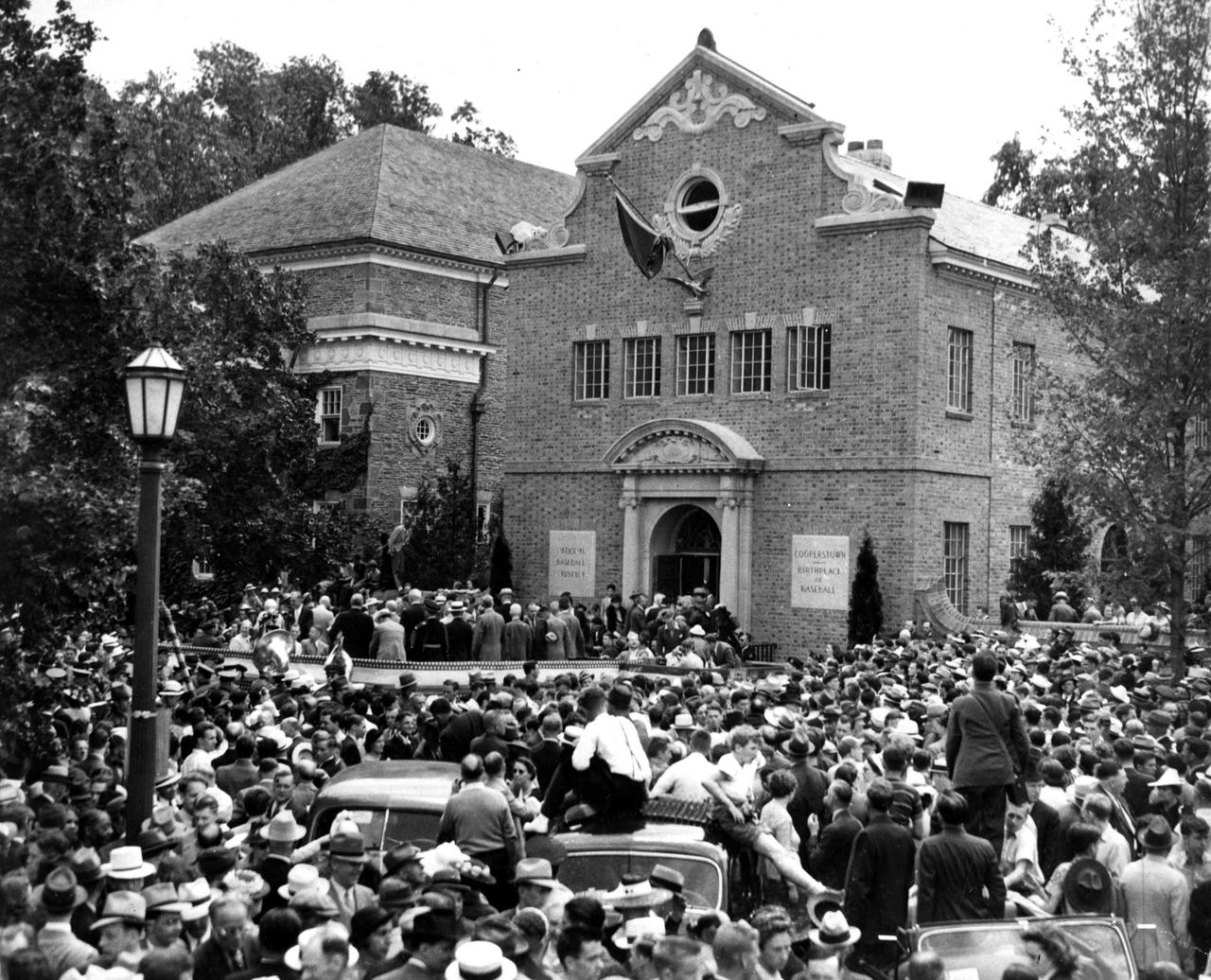
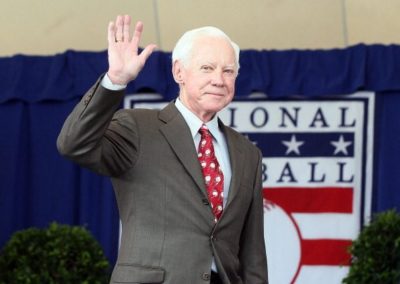
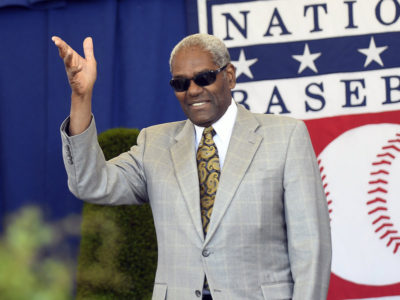
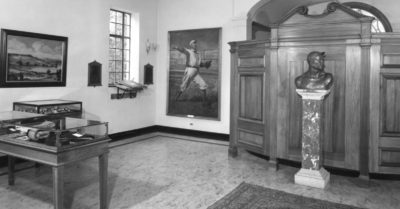
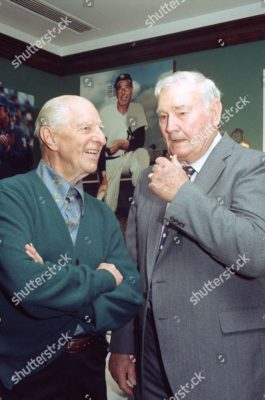
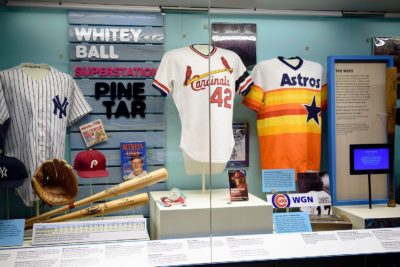
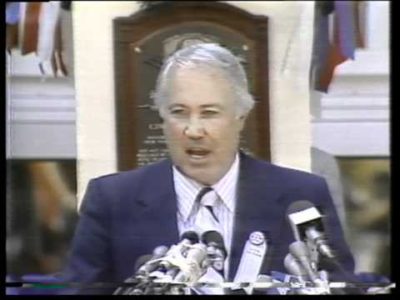
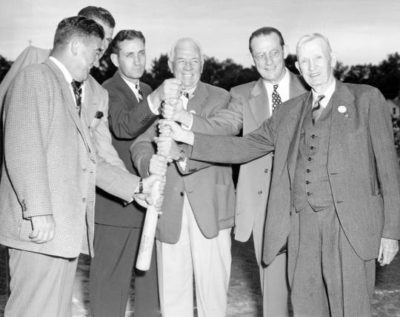
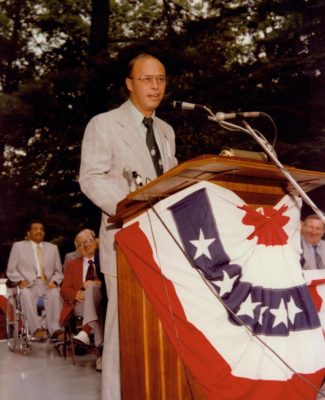
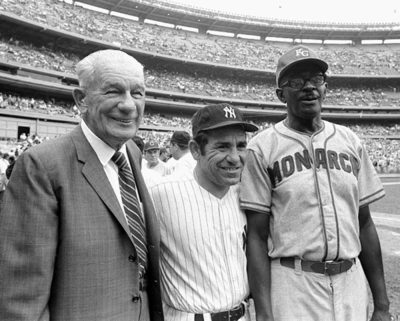
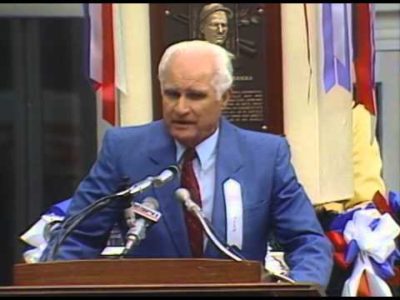
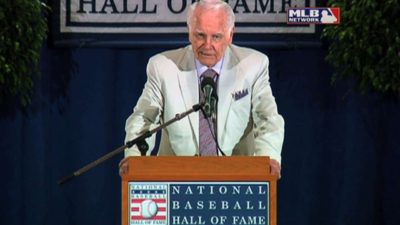
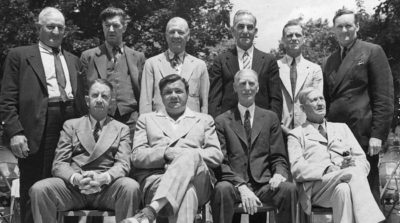
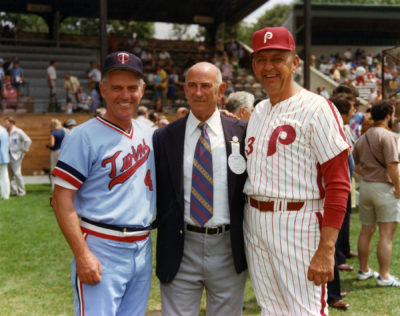
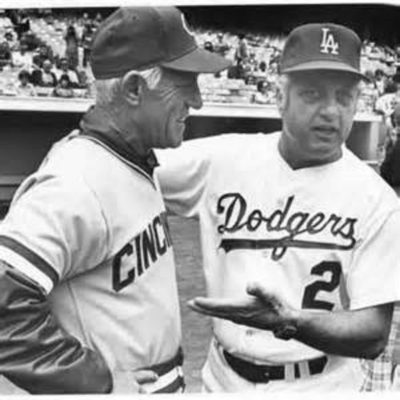
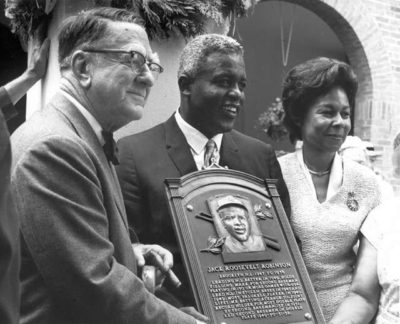
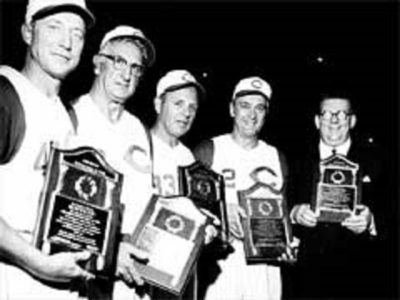
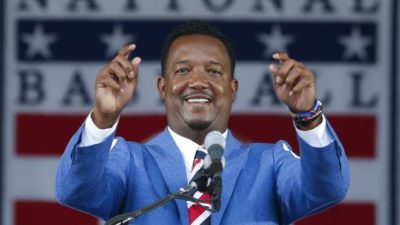
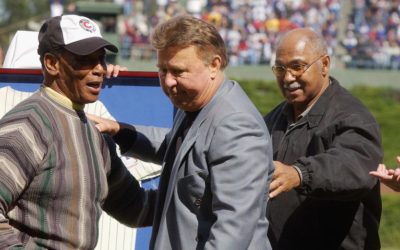
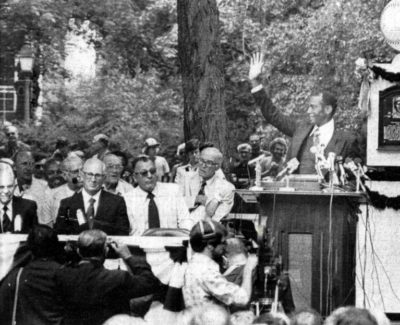
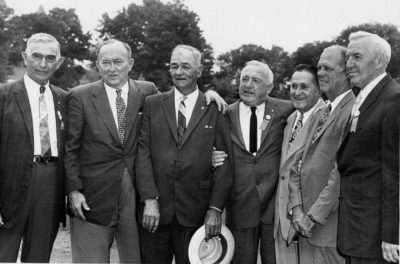
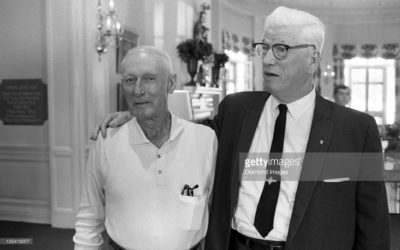
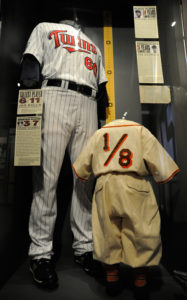
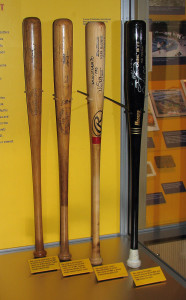
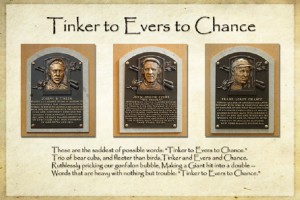
Uhh, no, with all due respect.
Mark’s idea is entertaining fodder for the Hot Stove League all right, and that was obviously one of his goals. But the premise of Gary’s chosen headline (that a bigger Hall of Fame would ipso facto be better on account of its size) is actually belied by Mark’s stated premise (“How much worse would the Hall of Fame be?” if thirty-some guys were summarily added to the ranks of the chosen). My answer: Somewhat worse. Or to put things slightly differently: By no means better.
Shouldn’t all candidates be evaluated based upon the long-prevailing, published criteria for induction? Indeed. We should scrupulously avoid getting into the business of electing “x” number of guys merely in order to maintain a certain percentage of all who ever made it to the big leagues, or of excluding worthy eligibles solely for the purpose of capping the population at an arbitrarily-identified and theoretically appropriate percentage once it has been achieved.
A slightly bigger Hall of Fame would not by definition be a bad thing, but voting guys in for the fun of getting to 1 and 1/3%, or keeping pace with the NFL, or so that we can enjoy looking at the plaques of guys who couldn’t pass muster otherwise (Freehan, Nettles and Bell, let us say) strikes me as an odd way to try to improve upon this fabled if flawed institution. (“Hey Chico Carrasquel — the numbers are down, so you’re going in! Congrats.” Or how about: “Better luck next time, Curt Schilling! You deserve a plaque all right, but that would put us over our targeted percentage.” Crazy examples to be sure, but this is essentially the system Mark is promoting here.)
Well, my two cents’ worth. If only it were a hay-penny higher.
Best regards,
Michael
Intriguing essay, Mark!
Your math says we might have more fine players in the Hall. The problem is many fans think too many are already in who should not be (you allude to this): Tinker, Evers, Chance, immortalized by a poem. Bill Mazeroski (sp?) by virtue of a single home run. Ralph Kiner because of seven amazing home run percentage years–but with no longevity and no major career stats checked off. My thought of an Honorable Mention HOF category would solve some of the problem.
A few from your list I’d like to see: Keith Hernandez (best fielding first baseman ever, officially), Belle, Allen, Andruw Jones (best fielding center fielder ever and some super stats), Schilling, Abreu, Mauer, Rose, Jackson, Bonds, Clemens. The last four with asterisks.
Despite lying about gambling, loved the Rose hustle and that hit total will never be broken. Jackson was trapped but mostly pure of heart. Bonds was reprehensible off the field, but would have qualified without roids. Same with Clemens, although a nasty character on the mound, who could have easily killed Mike Piazza. That pitch was intended to convey, “Don’t you take me deep again, you bleep!”
Thanks!
Gentlemen:
I’ve never thought about statistics in quite this way, regarding baseball. For me, the appeal of baseball has always been the One-on-one confrontations, the pitcher vs the batter; the infielder against the hot grounder, the outfielder’s leap for the fly ball. These dramas are the fascination of baseball for me.
I feel a hall of fame is for the exceptional person as a player and a human being. That’s why I was so incensed about Gil Hodges’ exclusion from the hall before your stellar efforts righted that wrong, Gary. Too, I can’t see someone like Darryl Strawberry who coasted on God-given talent and never really worked to improve his skills (especially his fielding) being admitted. I think the first question a judge should ask is, “What did this person do for baseball?” It seems to me, to borrow from President Kennedy, ask not what baseball did for him, but what did he do for baseball. How did he better the sport by his presence.
I don’t think a ratio of players to members is importent. I think the integrity of the membership is.
Just my thoughts,
Joan
Thanks Joan…you make some real good points!
Did my post shut this conversation down? Not my intention. I would love to hear how others feel about the hall.
Sincerely, Joan
Yes it did, apparently.